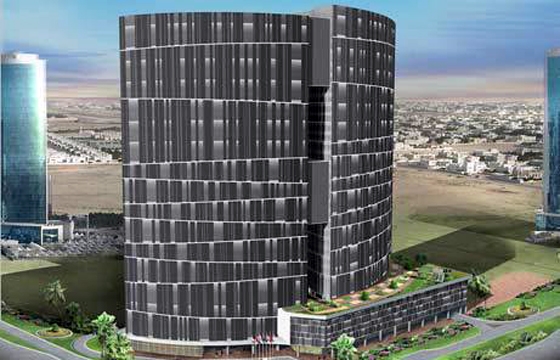There are currently 71 hotels confirmed across all market sectors in varying stages of planning or construction in Dubai which are estimated to provide over 22,000 additional rooms, a report said.
The demand for hotel accommodation in Dubai has grown significantly in the last seven years with upmarket demand rising by almost 79 per cent between 2006 and 2013, said the new report from Deloitte and STR Global.
Saudi Arabia drove the largest number of visits to Dubai in 2013 (1.4 million visits), followed by India (0.9 million visits) and the UK (0.75 million visits). Looking to the future, key growth markets for Dubai are likely to comprise Saudi Arabia, the Russian Federation, India and Iran, the report said.
Deloitte and STR Global have launched a new series of quarterly reports entitled “Middle East Hotel Market Insight” to highlight key trends and analysis on the tourism, hospitality and leisure (THL) industry across the Middle East.
“The growth in Dubai’s hotel supply in 2013 was more than matched by the growth in demand as evidenced by the rise in occupancy in 2013,” explained Grant Salter, director, Tourism, Hospitality and Leisure (THL) industry at Deloitte Middle East. “This rise in room supply and the ongoing growth in demand, when seen in the context of the wider global economic challenges, points to a very robust hotel market. Dubai has established itself as one of the leading global tourism hotspots. With significant ongoing investment in tourism infrastructure, we expect Dubai to continue to climb the global tourism rankings.”
In 2006, Dubai had a total of 233 hotels providing almost 39,000 rooms across all sectors of the market, including 152 unaffiliated or independent hotels. By Q1 2014, this total stock of hotels had grown by almost 48 per cent with the addition of 111 new hotels. If the unaffiliated hotels are excluded, Dubai’s branded hotel market grew by over 105 per cent from 81 hotels in 2006 to 167 in Q1 of 2014.
“Despite the large supply growth in Dubai over the past few years, the market has been able to absorb the supply, and performance continues to tick upward”, said Phillip Wooller, area director, STR Global. “Demand continues to stay strong, and in 2013 the luxury segment’s demand was back to its previous peak levels. Average Daily Rates (ADR) for luxury hotels in Dubai rose 3.5 per cent in 2013. We expect Dubai’s occupancy to report slight declines in 2014 and 2015 while ADR and revenue per available room (RevPAR) to continue to grow at a slower pace than the previous years.”
The Middle East/Africa region as a whole is still reporting performance increases”, continued Wooller. “During the first quarter of the year, occupancy in the region rose 1.2 per cent to 65.5pc; ADR was up 2.9pc to $179.74; and RevPAR increased 4.2pc to $117.72. Manama led both the occupancy (+19.1% to 58.9pc) and RevPAR (+16.4% to $116.05) increases for the quarter, while Dubai outperformed the region’s key markets in ADR (+7.5% to $284.88)”.
The continued growth in demand, fuelled by ongoing improvements in tourism infrastructure and strong hotel operating performance, has stimulated continued investor interest in hotel development in Dubai, said Salter.
TradeArabia
5 March






















































